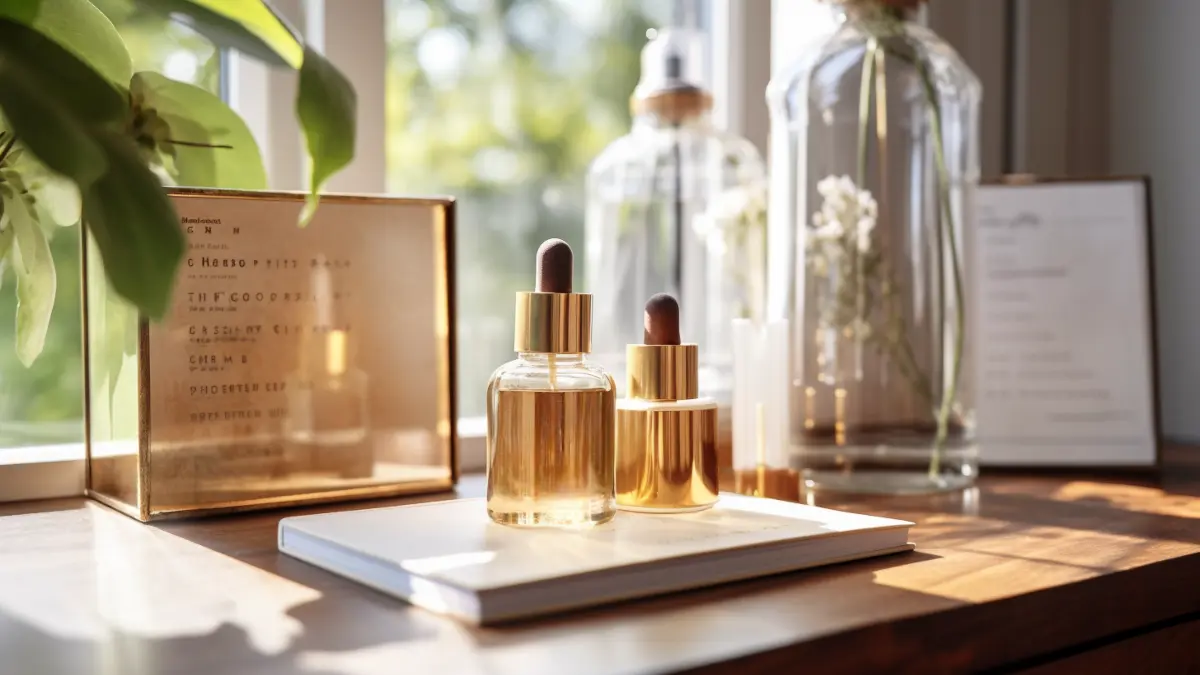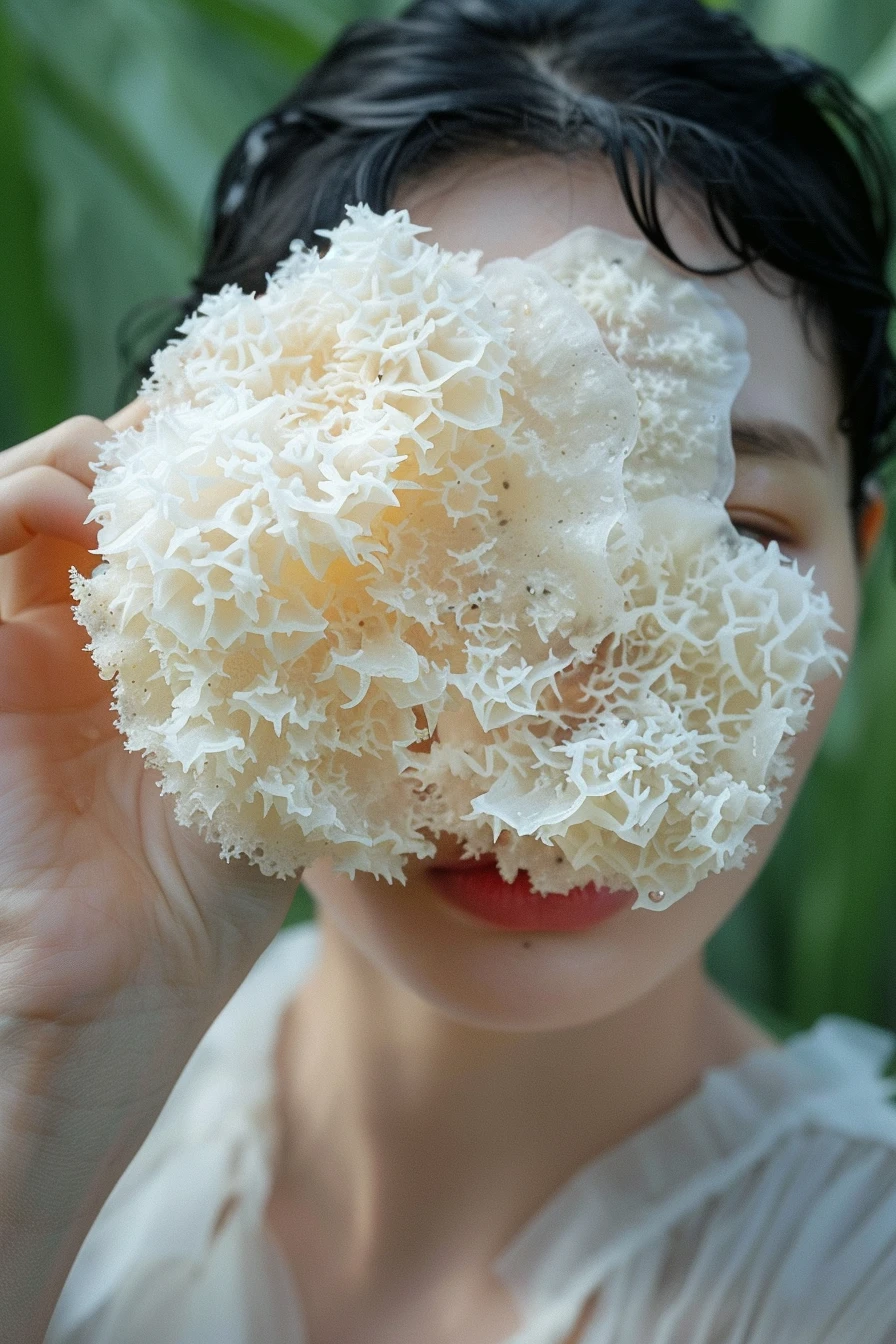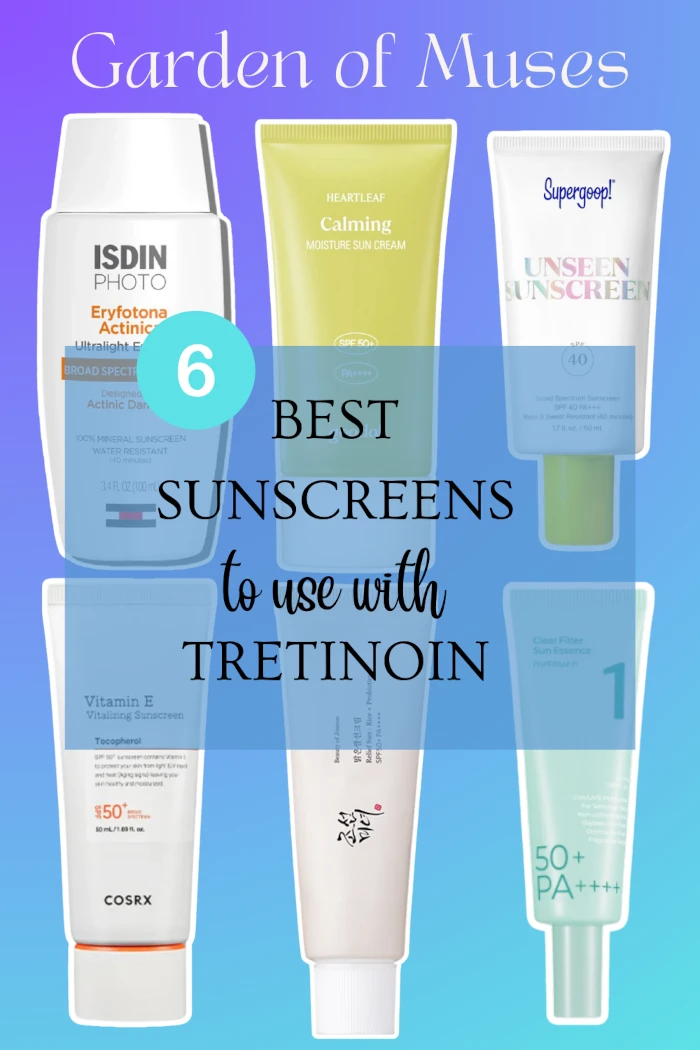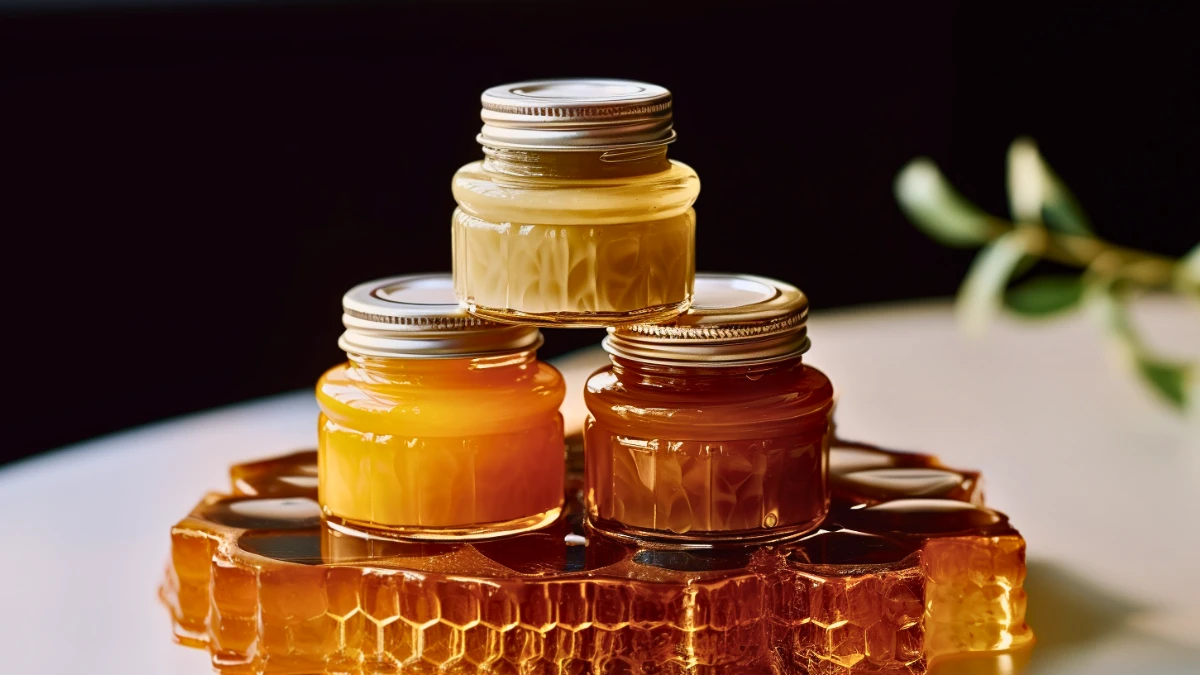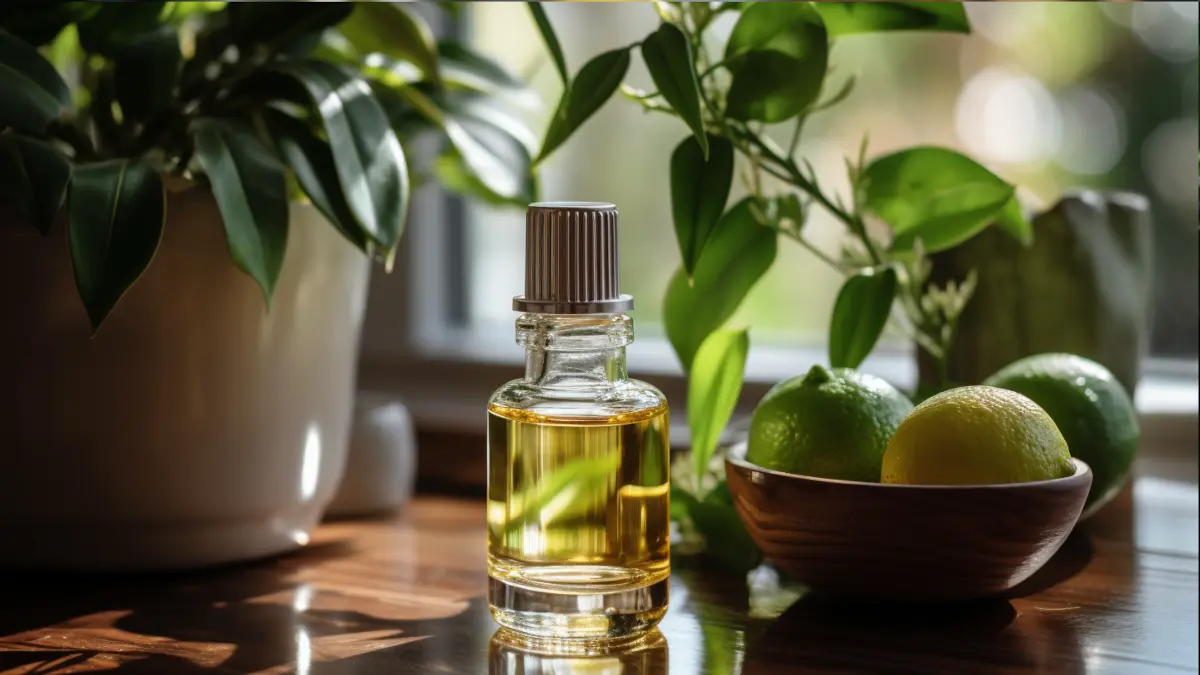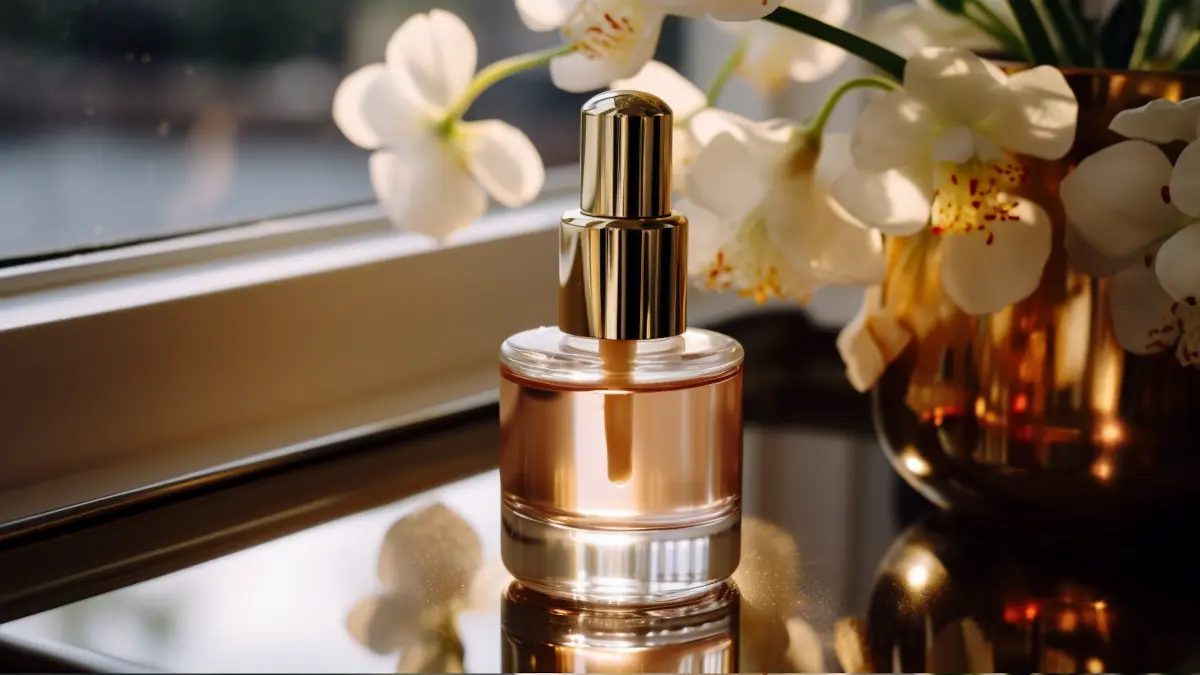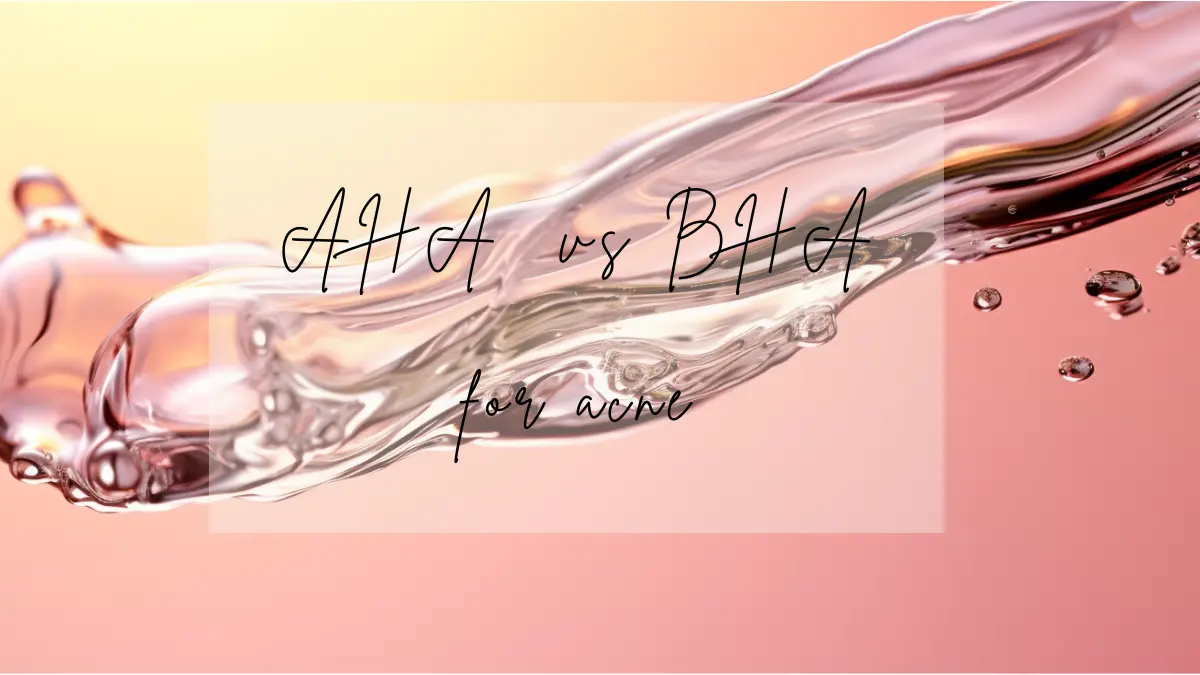Vitamin C is one of the best skincare ingredients to incorporate into your skincare routine, mainly for its anti-aging, skin-lightening, and UV-protective properties.
Until recently, most vitamin C-containing skincare products were formulated with L-ascorbic acid, the pure form of vitamin C. Although L-ascorbic acid is a highly effective skincare ingredient, its caveat is that it can irritate people with sensitive skin, and it is highly unstable, oxidizing quickly in liquid form, leaving your product ineffective.
There is another option if you would like to benefit from using vitamin C in your skincare routine but aren’t a fan of L-ascorbic acid: sodium ascorbyl phosphate or just SAP for short.
Sodium Ascorbyl Phosphate vs. L-Ascorbic Acid:
What Is Sodium Ascorbyl Phosphate?
Sodium ascorbyl phosphate (SAP) is an antioxidant in some skincare products, such as serums and creams. It is a stable form of vitamin C, called a vitamin C derivative, made by combining ascorbic acid with a salt and a phosphate.
Our skin uses L-ascorbic acid, the bioactive form of vitamin C. When you apply SAP to your skin, enzymes must first convert it to L-ascorbic acid. Although this process makes SAP less active and less potent than L-ascorbic acid, it also means that SAP is less irritating, making it suitable for people with sensitive skin.
Unlike L-ascorbic acid, which tends to be highly unstable and degrades quickly when exposed to light or oxygen, sodium ascorbyl phosphate is one of the most stable forms of vitamin C. This means products containing sodium ascorbyl phosphate are easier to formulate and don’t degrade as quickly as vitamin C serums formulated with L-ascorbic acid.
Is Sodium Ascorbyl Phosphate Good For Skin?
Just like L-ascorbic acid, sodium ascorbyl phosphate functions as a powerful antioxidant, helping reduce the damage the sun and pollutants cause to your skin cells. This damage results in photo-aging, which appears as pigmented spots, loss of skin tone, fine lines, wrinkles, or even skin cancer.
In addition to acting as an antioxidant, sodium ascorbyl phosphate is an effective skincare ingredient for treating acne and fading hyperpigmentation.
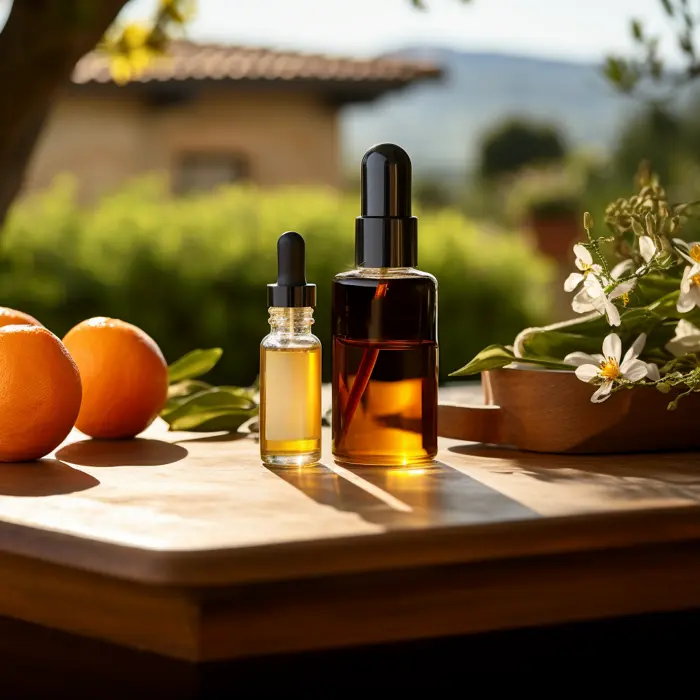
Sodium Ascorbyl Phosphate Helps Prevent Photo-Aging
UV exposure accounts for up to 80% of visible signs of aging, also known as photo-aging. UV radiation causes photo-aging by inducing the generation of free radicals, highly unstable molecules because they are missing an electron.
Free radicals cause permanent damage to skin cells and all other cells in the body because they steal electrons from molecules within these cells to become stable again. If free radicals cause damage to the collagen and elastin fibers within skin cells, this damage can appear as hyperpigmentation and fine lines, wrinkles, and loose and saggy skin.
Sodium ascorbyl phosphate, along with other forms of vitamin C, is effective at preventing photo-aging because it neutralizes or removes free radicals by donating electrons to them.
Now, we could avoid the sun altogether to prevent the generation of free radicals in our skin. However, this isn’t practical! This is why always wearing SPF and other sun protection is so important. Adding a vitamin C serum to your skincare routine will give you added protection from free radical-induced skin damage.
Related Stories:
Sodium Ascorbyl Phosphate Treats Acne
One big difference between sodium ascorbyl phosphate and L-ascorbic acid is that SAP prevents and treats acne effectively.
Researchers found that sodium ascorbyl phosphate prevents and treats acne in two ways. First, it has a robust anti-microbial effect lasting up to 8 hours after application, and second, it reduces sebum oxidation by up to 40%.
Sebum oxidation occurs when our skin is exposed to UVA radiation, pollutants, and cigarette smoke. The oxidized by-products of sebum, not sebum itself, cause acne and skin aging. For example, research has shown that when squalene in our skin is oxidized, by-products such as squalene peroxide lead to clogged pores, contribute to inflammatory acne, and may even contribute to wrinkling!
Sodium Ascorbyl Phosphate Promotes Collagen Production
L-ascorbic acid is known to stimulate collagen production, and the good news is that research suggests that sodium ascorbyl phosphate can do the same. So, as well as preventing photo-aging by acting as an antioxidant, sodium ascorbyl phosphate keeps the skin firm by helping to boost collagen in our skin.
Incorporating a serum containing either L-ascorbic acid or sodium ascorbyl phosphate would benefit anyone who wants to have younger-looking skin, as after 20, the collagen production in our skin begins to slow down. Your skin begins to lose collagen after age 30, although sun exposure, poor diet, pollution, cigarette smoke, and other toxins speed up this process.
How to Get Rid of Post-Inflammatory Hyperpigmentation – AKA Acne Marks

Sodium Ascorbyl Phosphate Treats Hyperpigmentation
One of the main reasons people incorporate a vitamin C serum into their skincare routine is because of vitamin C’s ability to brighten the skin and treat hyperpigmentation.
Studies have found that just like L-ascorbic acid, sodium ascorbyl phosphate can also fade dark spots on the skin, such as melasma and post-inflammatory hyperpigmentation, by inhibiting melanin production.
Is Sodium Ascorbyl Phosphate Better than L-Ascorbic Acid?
Should you use a vitamin C serum formulated with L-ascorbic acid or sodium ascorbyl phosphate? Is sodium ascorbyl phosphate more effective than L-ascorbic acid?
Unfortunately, there are still unanswered questions about how sodium ascorbyl phosphate works and whether it is more effective than L-ascorbic acid since the research on SAP is still so limited. However, here are two reasons why I have ditched my L-ascorbic acid serum and switched to using a vitamin C serum formulated with sodium ascorbyl phosphate:
1. Sodium Ascorbyl Phosphate Is the Most Stable Form of Vitamin C
Of all the different forms of vitamin C used in skincare products, sodium ascorbyl phosphate is the most stable.
Although L-ascorbic acid is the bioactive form of vitamin C that our skin utilizes, it is a highly unstable ingredient as it easily degrades when exposed to light or oxygen (which will happen every time you open your vitamin C dropper bottle). This makes L-ascorbic acid challenging to formulate and package, and you’ll often find that your vitamin C serum will go bad before you’ve finished the bottle.
So, a vitamin C serum formulated with SAP will have a longer shelf life after opening it.
As well as being light and oxygen-stable, sodium ascorbyl phosphate is water-stable, meaning it’s easy to incorporate in different product formulations, not just vitamin C serums.
2. Sodium Ascorbyl Phosphate Is Good for Sensitive and Acne-Prone Skin
For L-ascorbic acid to be effective, it must be formulated at relatively high concentrations (usually 15-20%). L-ascorbic acid is not easily absorbed through the skin’s lipid barrier. Unfortunately, this concentration can cause skin irritation and acne breakouts for some people, especially those with sensitive skin.
While vitamin C serums are formulated with lower concentrations of L-ascorbic acid on the market, their effectiveness is questionable.
The good thing about sodium ascorbyl phosphate is that even those with sensitive skin can use products containing this form of vitamin C as it isn’t associated with the irritation that people often experience with L-ascorbic acid. This is because sodium ascorbyl phosphate has a salt molecule attached, allowing it to penetrate the skin’s lipid barrier easily.
Since SAP penetrates the skin so readily, a lower concentration is needed for the same effectiveness as a vitamin C serum containing a high concentration of L-ascorbic acid.
Best Products With Vitamin C Sodium Ascorbyl Phosphate
These vitamin C serums formulated with sodium ascorbyl phosphate stand out as the best:
Neogen Dermalogy Real Vitamin C Serum
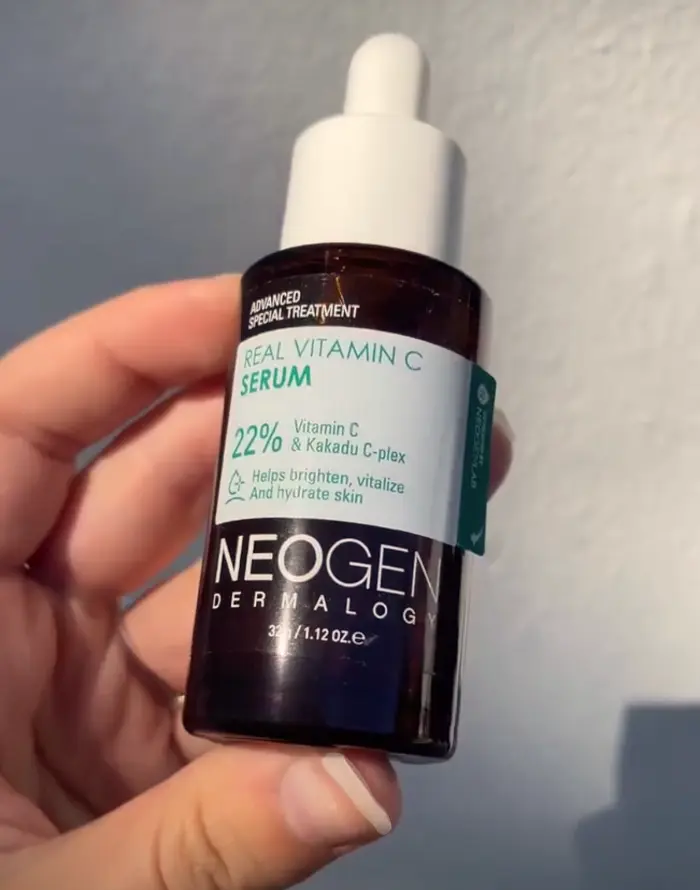
The Neogen Real Vitamin C Serum is a powerful Korean vitamin C serum enriched with 22% sodium ascorbyl phosphate. It also contains niacinamide for additional skin-brightening effects. Vitamin E and ferulic acid are potent antioxidants that reduce UV damage and work wonderfully alongside vitamin C. Neogen Vitamin C Serum also contains panthenol, three types of hyaluronic acid, and glycerin for added hydration.
Neogen Real Vitamin C Serum Ingredients List (last checked [current_year])
Water, Isopentyldiol, 1,2-Hexanediol, Niacinamide, Dipropylene Glycol, Butylene Glycol, Citric Acid, Octyldodeceth-16, Xanthan Gum, Sodium Metabisulfite, Ethylhexylglycerin, Dextrin, Theobroma Cacao (Cocoa) Extract, Sodium Hyaluronate, Panthenol, Sodium Ascorbyl Phosphate, Hydrolyzed Hyaluronic Acid, Hyaluronic Acid, Morinda Citrifolia Extract, Tocopheryl Acetate, Citrus Paradisi (Grapefruit) Fruit Extract, Caprylyl Glycol, Polyglyceryl-4 Caprate, Glycerin, Hippophae Rhamnoides (Sea Buckthorn) Extract, Persea Gratissima (Avocado) Oil, Ascorbic Acid (12ppm), Ferulic Acid, Citrus Unshiu Peel Extract, Coptis Chinensis Root Extract, Citrus Aurantium Bergamia (Bergamot) Fruit Oil, Citrus Aurantifolia (Lime) Fruit Extract, Terminalia Ferdinandiana Fruit Extract, Malpighia Emarginata (Acerola) Fruit Extract, Pistacia Vera Seed Oil, Apium Graveolens (Celery) Stem Extract, Coptis Japonica Root Extract, Linalool, Citrus Limon (Lemon) Fruit Extract, Brassica Oleracea Italica (Broccoli) Extract, Cichorium Intybus (Chicory) Leaf Extract, Limonene, Citrus Aurantium Dulcis (Orange) Fruit Extract, Disodium EDTA, Brassica Oleracea Acephala Leaf Extract.
Ingredients referred from YesStyle*.
Active Herbs Humectant/Moisturizing Fragrance
Cos De Baha VM Vitamin C MSM Serum
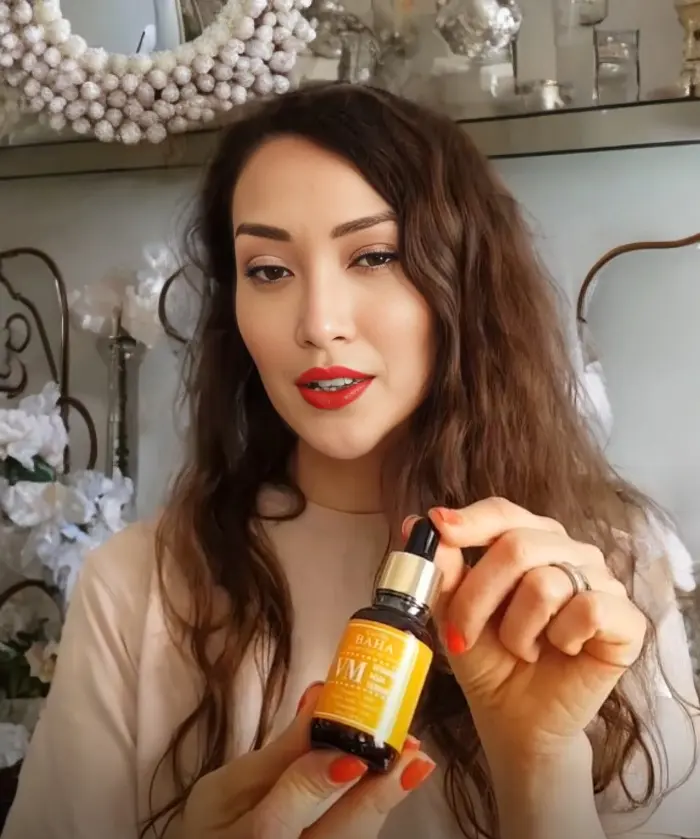
I love that the Cos De Baha VM Vitamin C MSM Serum has Aloe Vera as its first ingredient instead of water. It also has propanediol, betaine, allantoin, and sodium hyaluronate, all beautiful humectants.
I think this serum is an excellent beginner’s option. It contains Sodium Ascorbyl Phosphate, suitable for sensitive skin, and has additional soothing ingredients, such as Aloe Vera, Allantoin, and Licorice Root Extract.
When I used this serum, I enjoyed everything, from how my skin drank it immediately to how it worked its magic, brightening my face.
The Cos De Baha VM Vitamin C MSM Serum is housed in a see-through dark brown glass bottle, so you can quickly tell how much is left. The dropper also works fine and picks up a generous amount of serum with one tip squeeze.
Nowadays, I have moved to a more potent LAA serum, but I highly recommend this serum for sensitive skin types or sensitive days.
Cos De Baha VM Vitamin C MSM Serum Ingredients List (last checked [current_year])
Aloe Barbadensis Leaf Extract, Propanediol, Sodium Ascorbyl Phosphate, Glycereth-26, Dimethyl Sulfone, 1,2-Hexanediol, Betaine, Hydrogenated Lecithin, Tocopheryl Acetate, Ferulic Acid, Allantoin, Sodium Hyaluronate, Dipotassium Glycyrrhizinate, Hydroxyethylcellulose, Xanthan Gum, Citric Acid, Camellia Sinensis Leaf Extract, Sambucus Nigra Flower Extract, Momordica Charantia Fruit Extract, Leontopodium Alpinum Extract.
Ingredients referred from the Cos de Baha official site.
Active Herbs Humectant/Moisturizing Brightening
Looking for some fast results? Check out the editor’s best pics for L-Ascorbic Acid Vitamin C serums

How to Get the Most Out of Sodium Ascorbyl Phosphate
Even though sodium ascorbyl phosphate is much more stable and less irritating than L-ascorbic acid, you should know a few tips to ensure you’re using SAP correctly to get the most out of your product.
What Percentage of Sodium Ascorbyl Phosphate Is the Most Effective?
Since SAP is a relatively new skincare ingredient, and most research focuses on L-ascorbic acid, it is still unknown what concentration of sodium ascorbyl phosphate is the most effective. However, the most effective concentration is likely less than what is required with L-ascorbic acid since SAP penetrates the skin barrier much easier and doesn’t require a low pH to work.
Instead of creams or lotions, it’s best to look for serums containing sodium ascorbyl phosphate, as these generally have a higher concentration of vitamin C. Some skincare companies do not disclose the SAP concentration in their products but usually give a lower limit. For example, they will state that their product contains no less than 10% SAP.
Also, suppose you would like to incorporate SAP into your skincare routine to help treat and prevent acne. In that case, even a 1% concentration of SAP has been found to have potent antimicrobial effects against acne-causing bacteria!
When Should I Apply Vitamin C Serum in My Skincare Routine?
Due to its UV protective effects, you’ll benefit most from Sodium Ascorbyl Phosphate and any other form of vitamin C if you apply it in the morning. Always wear SPF since antioxidants aren’t enough to protect your skin from the sun.
Like L-ascorbic acid, sodium ascorbyl acid is pH-dependent (meaning it works best at a certain pH). However, unlike ascorbic acid (which is most effective in an acidic environment), SAP requires a more neutral pH (of about 6 to 7). So, applying any SAP-containing vitamin C serum after chemical exfoliants and any low-pH toners or serums is recommended.
It’s also recommended to wait 20-30 minutes after applying these products before applying your SAP vitamin C serum.
Show Me Proof
- Klock, Jochen, H. Ikeno, K. Ohmori, T. Nishikawa, J. Vollhardt, and V. Schehlmann. “Sodium ascorbyl phosphate shows in vitro and in vivo efficacy in the prevention and treatment of acne vulgaris.” International journal of cosmetic science 27, no. 3 (2005): 171-176.
- Pham, D‐M., B. Boussouira, D. Moyal, and Q. L. Nguyen. “Oxidization of squalene, a human skin lipid: a new and reliable marker of environmental pollution studies.” International journal of cosmetic science 37, no. 4 (2015): 357-365.
- Khan, Hira, Naveed Akhtar, and Atif Ali. “Fortification of facial skin collagen efficacy by combined ascorbyl palmitate and sodium ascorbyl phosphate.” Acta Pol Pharm-Drug Res 75, no. 1 (2018): 129-140.
- Khan, Hira, Naveed Akhtar, Haji M. Shoaib Khan, Atif Iqbal Arshad, Muhammad Naeem, Muhammad Sohail, Atif Ali, Fatima Rasool, and Zarqa Nawaz. “Synergistic effects of ascorbyl palmitate and sodium ascorbyl phosphate loaded in multiple emulsions on facial skin melanin and erythema content.” Biomed Res 27, no. 2 (2016): 570-576.
